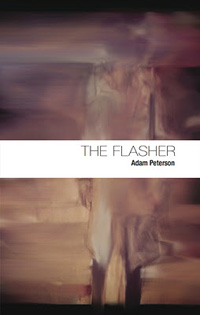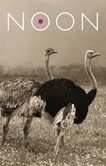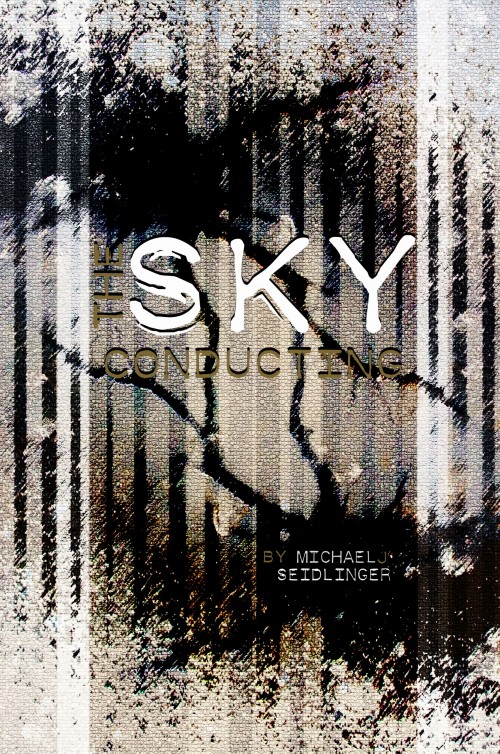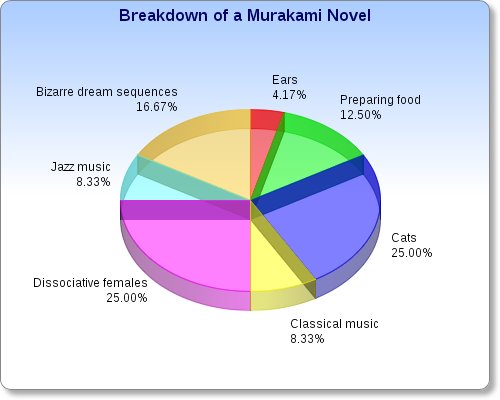The Flasher
 The Flasher
The Flasher
by Adam Peterson
SpringGun Pess, 2012
60 pages / $14 Buy from SpringGun or SPD
I read 80% of Adam Peterson’s The Flasher in the bathtub, which seems entirely fitting. I’m not at all afraid to say that baths stimulate me in the same way flashing stimulates flashers. Baths compel me, they invigorate me, in some strange way they solidify my relationship to the greater world. The only difference between soaking in the tub and flashing is where one is solitary, contemplative, the other asks for a wider public, a larger stage. But both are—mysteriously no doubt—borne out of reverence for one’s place in the always-spryly grinning universe.
At its core The Flasher is a love story. A man—the flasher—falls in love with a woman—a muffin store employee—who “takes [muffin] batter off [her body] with her tongue” (31) and is possessing of what can only be described as a nuanced personality. The flasher attempts to woo said woman/muffin store employee. He fails. The end. Throughout the course of the book other things, of course, happen: the flasher visits his ailing mother in the hospital, the flasher makes french toast, the flasher uses a public restroom, the flasher swallows the Earth and diagnoses the sky. But the flasher’s relationship with his would be lover is the driving storyline, the one element of the book that—albeit obliquely—ties everything together. Without it there would be no, as it were, narrative thrust, nothing to continue to propel the reader forward.
March 12th, 2012 / 1:00 pm
100 things to do when you have the time
“There are people who say, ‘If music’s that easy to write, I could do it.’ Of course they could, but they don’t. I find [Morton] Feldman’s own statement more affirmative. We were driving back from some place in New England where a concert had been given. He is a large man and falls asleep easily. Out of a sound sleep, he awoke to say, ‘Now that things are so simple, there’s so much to do.’”
—John Cage, Indeterminacy
100 things to do when you have the time
- Doodle. Look for new styles, new approaches.
- Draw a picture of a friend. See how many different ways you can do it, such as how few lines you can use.
- Recite something you once memorized: a poem, a song, a story, a monologue.
- Memorize something new.
- Write a review of something you like.
- Go over the steps in a procedure or a process.
- Explain to a friend a thing you know, or think you know.
- Write a song, or cover a song.
- List the projects you’re working on, or want to work on. Set a deadline for completing one of them.
- Review every thing that you’ve done in the past week, the past month, the past year, the past five years, the past decade.
- Reread your diary or journal. If you don’t keep one, reread old sent emails.
- Describe something in as many words as possible, then as briefly as possible.
- Make up a riddle or joke.
- Make a puzzle for others to solve.
- Play a Dadaist/Surrealist/Oulipian writing game, such as automatic writing, the Exquisite Corpse, the Cut-Up Technique, homophonic translation, lipograms, …
- Write a story or poem entirely in your head.
- Observe whoever is around you. Note what they’re doing.
- Observe how the energy levels in a room change over time.
- Perform John Cage’s “silent piece” (4’33”). Pay attention to both the aural and the visual.
- Perform random FLUXUS pieces, then try inventing new ones.
- List all of your interests. Prioritize them.
- Compose a view.
- Explore a texture (a fabric, a liquid).
- Examine a nearby text. Why is it the way that it is?
- Explore a space: a room, a building, a street, a city.
Music x 3: Xiu Xiu, Pissed Jeans, Beach House, The Magnetic Fields
1. Xiu Xiu has a new album out (Always); the video for the lead single, “Hi,” is pretty great:
2. It is not, however, as great as the video for Pissed Jeans’s “False Jesii Part 2,” which I only recently discovered:
3. The new Beach House single, “Myth,” is a secret cover of “Eyes Without a Face.”
4. Stephin Merritt, may I suggest the formal constraint for your next album?
NO END RHYMES.
At the Poetry Foundation, an excellent article about the intersection of writing and poker, concerning the life of Joel Dias-Porter, who lives and writes in casinos.
Sunday Service: Gregory Sherl Poem
Pre-Genesis
These are my words. Press them against your gums.
In the beginning God Sr. made God Jr.
because everyone needs to come
from somewhere.
That means God Sr. just appeared
& that wouldn’t make any sense.
Know this book doesn’t make any sense,
but neither did the first one.
Still, follow me.
Tucking God Jr. into bed, God Sr. tells him
I hope you dream about stupid zombies
instead of martyrs being eaten by lions.
God Jr. is scared of lions because thoughts
of the future are worse than thoughts of the past
when the past is just beginning, like fourteen
lines ago beginning. (more…)
Over at BOMBLOG, a deep interview with one of the best & bravest: Jarret Kobek. Conversation includes: ATTA, Disneyland, fiction/fact, youngwriterfear, culture bends.
Ryan Trecartin is a Mommy Blogger

You may or may not be familiar with the brilliant, confounding, and now frequently imitated work of Ryan Trecartin. He is perhaps the most important artist of this decade. I’m not the first to say so. Here is one of his popular videos.
In the course of my commercial work, I came accross a video produced by a team associated with the Blissdom Blogger conference, defined in the About section of their website as “the premiere conference for women who find and express their bliss by publishing online.” OK, what?
NOON Annual 2012: Blunt Reality as Source
 NOON Annual 2012
NOON Annual 2012
Ed. Diane Williams
$12 / Purchase directly from NOON
After reading NOON Annual 2012, I again dwelled on the nature and the value of the short-short story. I despair that short-short works are sometimes disparaged as underdeveloped and unworthy, and this issue of NOON proves the perfect response to such cynicism and dismissals.
First, the design and aesthetics of this literary magazine are first-rate. The book is smooth to the touch, bears weight, and courts the eye. There’s a smell from these pages that, while not pleasant per se, is definite. Definite is not to be underrated. This book is elegant and glamorous. Even the spine is a standout. I pored so long over Bill Hayward’s black and white photograph on page 107, the work bears my countless greasy prints. I love how the subjects here seem afloat, as if there is no ground, as if the whole point is to throw out our assumptions and re-see. Animal portrait photographer Valerie Schaff’s cover is memorable and her self-portrait on the inside cover is stunning and affecting. She writes, “When I am present, I am beyond the notion of predictability.” This quote proved my guide for the reading and the appreciation of the entire issue.
March 9th, 2012 / 1:00 pm


